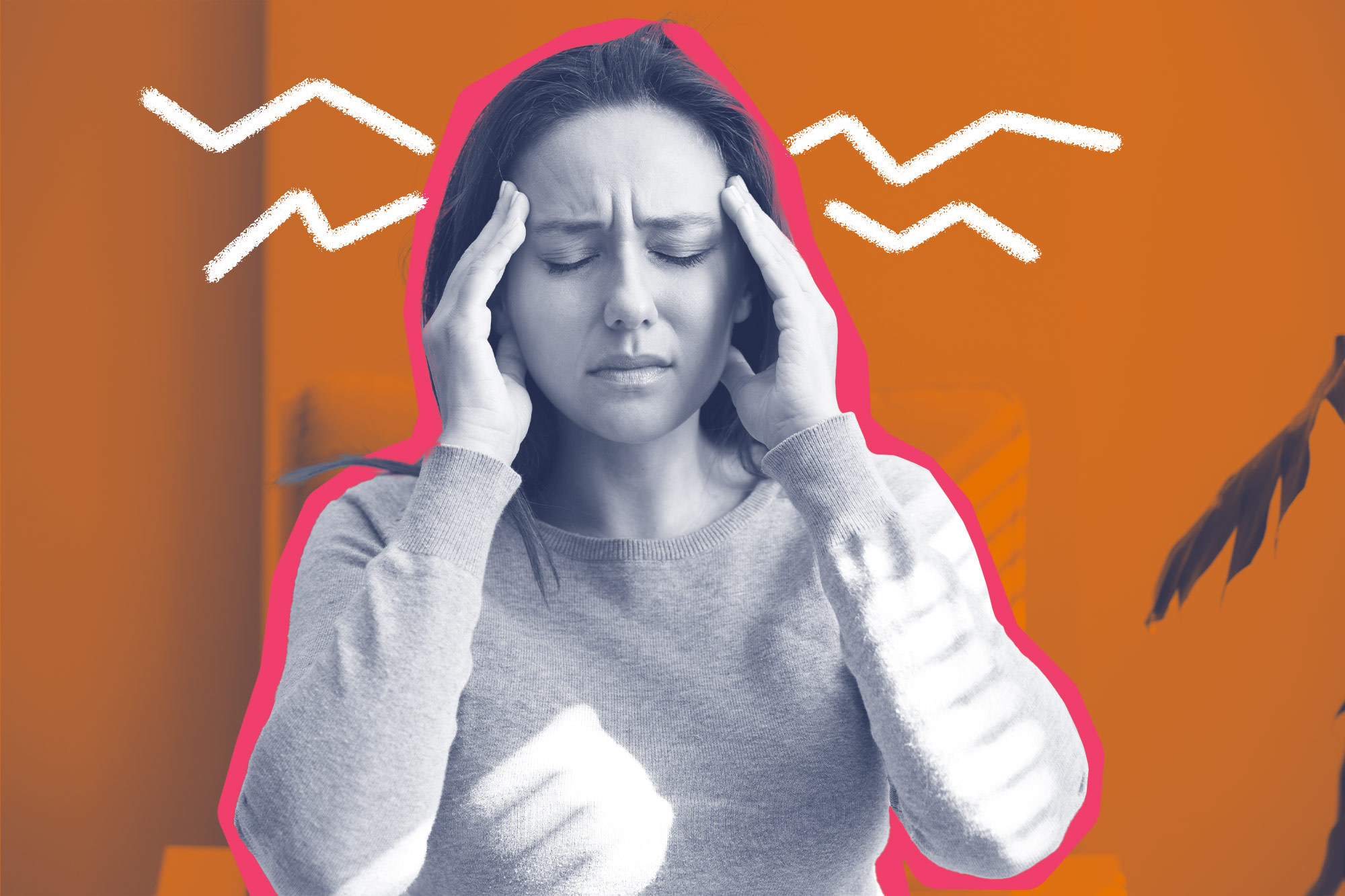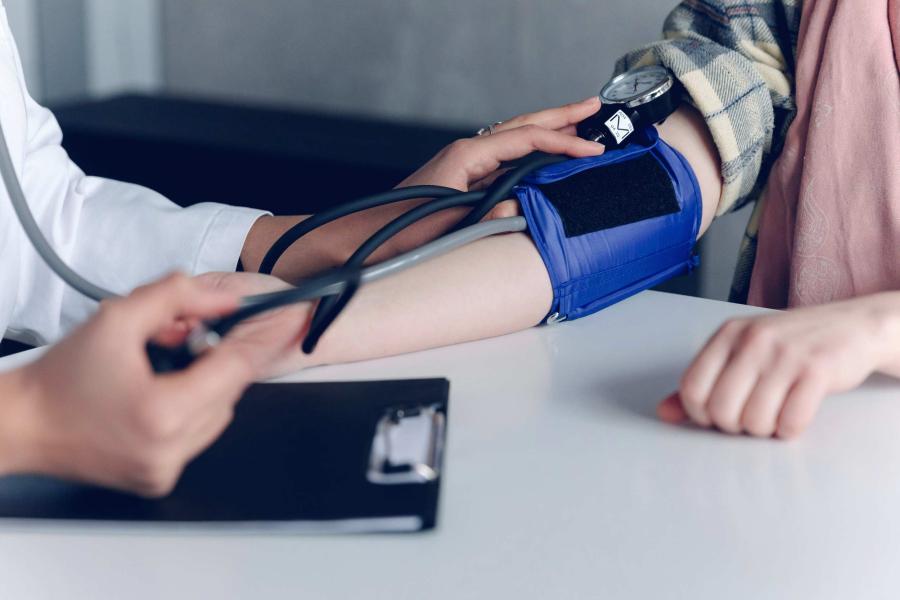Findings suggest progesterone receptors in the brain help regulate pain perception. The findings also bolster the notion that reproductive hormones such as estrogen and progesterone play an important role in pain susceptibility in women.
“The discovery of progesterone receptor expression beyond the hypothalamus, particularly in regions associated with pain processing and migraine pathophysiology, opens new avenues for understanding the role of progesterone in pain modulation,” researcher Suchitra Joshi said.
Joshi said research shows that targeting pain receptors could ease migraine pain.
“Compared to broader systemic treatments, this targeted approach may offer more precise and effective therapeutic interventions to alleviate migraine pain and improve the quality of life for individuals affected by this debilitating condition,” Joshi said.
Prior scientific research suggested progesterone might help control pain susceptibility, but results have been inconsistent. Progesterone appeared to reduce pain sensitivity in some instances, but not all,and other research suggested it might have the opposite effect. Efforts to use progesterone to help manage pain in people also have produced mixed results.
UVA’s new research may help explain those inconsistencies. The pain-sensitizing effects caused by activating progesterone receptors in the brain may undercut the pain-reducing effects of a particular progesterone molecule, or “metabolite,” called allopregnanolone.
UVA researchers say their new understanding of the complex relationship between pain, progesterone and its receptors could lead to new treatments. Researchers might use drugs, for example, to reduce pain sensitivity by blocking the activation of the progesterone receptors.
“In the future, we may be able to prevent headaches when women are most likely to suffer from them by targeting these receptors,” Kapur, of UVA’s Department of Neuroscience, said. “Blocking progesterone receptor-regulated signaling in the brain presents a promising avenue for novel migraine treatment, particularly in women during their reproductive years.”
Kapur said further research is needed to determine the precise mechanisms by which progesterone receptors contribute to migraines and develop targeted treatments.
Findings Published
The researchers published their findings in the Journal of Pain. The research team consisted of Joshi, John Williamson, Shayan Moosa and Kapur. The scientists have no financial interest in the work.
The research was supported by the National Institutes of Health, grants R01NS110863, R01NS120945 and R37NS119012.0
To keep up with UVA's latest medical research news, subscribe to the Making of Medicine blog.












